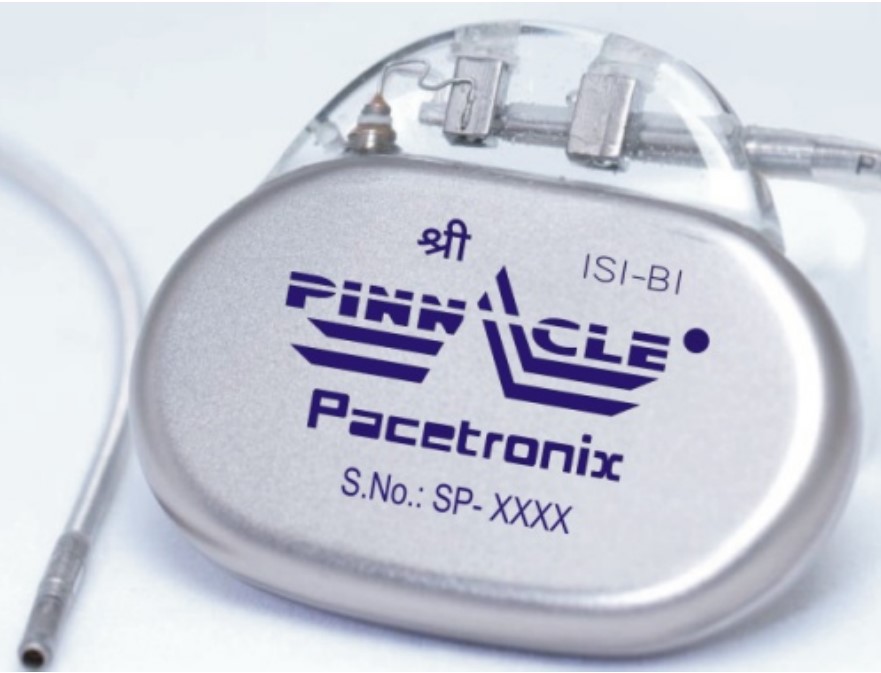A pacemaker is a small, portable medical device designed to regulate a person’s heart rhythm, especially for those with slow or irregular heartbeats. It works by sending electrical signals to the heart to maintain a steady and normal heartbeat. The pacemaker consists of a pulse generator, which contains a battery and electronic circuits, and one or more leads (wires) that are implanted in the heart. During a minor surgical procedure, the pacemaker is placed under the skin of the chest, and the leads are inserted through veins into the heart chambers. In emergency situations, the pacemaker ensures that the heart beats regularly, supporting proper blood circulation and overall health. Some advanced pacemakers can even be monitored remotely, allowing for adjustments without needing to visit a healthcare provider in person. This device is essential for managing heart rhythm disorders and improving the quality of life for individuals with such conditions.

